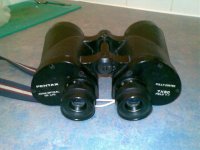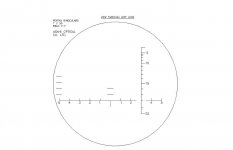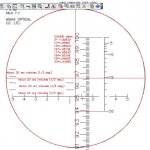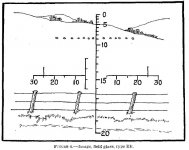Hi
I was wondering if someone could help me with my binoculars - see attached pics.
These used to belong to my Dad, and are now mine.
I have no idea how to use the range finding reticule. I've been told it can determine the size of an object if the range is known, and the range if the size of the object is known.
Can anyone explain how I use the horizontal and vertical scales, or provide a link to where I can find info on it?
I shoot rifles with scopes, and am familiar with the mil-dot system, but this looks far more complex than that.
The binoculars were bought new in the mid 80s. They are Pentax 7 x 50 (7.1 field) marine binoculars.
Thanks
Matt
I was wondering if someone could help me with my binoculars - see attached pics.
These used to belong to my Dad, and are now mine.
I have no idea how to use the range finding reticule. I've been told it can determine the size of an object if the range is known, and the range if the size of the object is known.
Can anyone explain how I use the horizontal and vertical scales, or provide a link to where I can find info on it?
I shoot rifles with scopes, and am familiar with the mil-dot system, but this looks far more complex than that.
The binoculars were bought new in the mid 80s. They are Pentax 7 x 50 (7.1 field) marine binoculars.
Thanks
Matt








